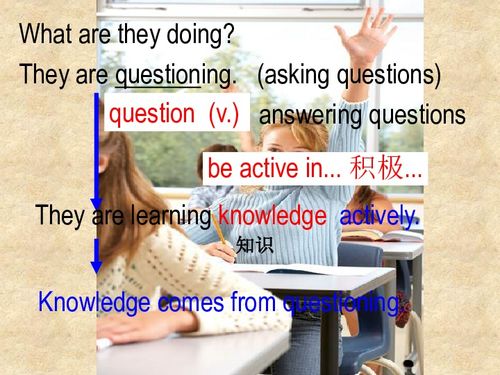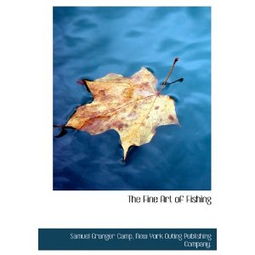Content:
Fishing is an ancient pastime that has been cherished by many for its tranquility and the thrill of the catch. While traditionally associated with men, more and more women are discovering the joys of fishing. Whether you're a beginner or looking to improve your skills, here are some tips and techniques to help you master the art of fishing.
Start with the Right Gear
The first step in learning how to fish is to invest in the right gear. Here's what you'll need:
- Rod and Reel: Choose a rod and reel that are appropriate for the type of fishing you plan to do. For beginners, a spinning rod and reel are a good choice as they are versatile and easy to use.
- Line: Make sure you have the right line for the fish you're targeting. Monofilament line is popular for beginners due to its flexibility and ease of casting.
- Hooks: The size and type of hook will depend on the fish you're after. For beginners, start with a size 6 to 10 hook.
- Bait or Lures: Live bait or artificial lures can be used, depending on your preference and the fish you're targeting.
- Tackle Box: A tackle box is essential for storing your hooks, sinkers, swivels, and other fishing accessories.
Learn the Basics of Casting
Casting is a fundamental skill in fishing. Here's how to do it:
- Grip the Rod: Hold the rod with a comfortable grip, using your index and middle fingers to control the reel.
- Backcast: Begin by holding the rod with the reel above your head. Swing the rod back and release the line as you swing forward.
- Forward Cast: Swing the rod forward, allowing the line to flow out smoothly.
- Practice: The key to casting is practice. Spend time at the shore or in a field to get the hang of it before you hit the water.
Understand Fish Behavior
To be a successful fisherwoman, it's important to understand the behavior of the fish you're targeting. This includes their feeding patterns, preferred habitats, and the type of bait they like. Research the species you're interested in and learn about their habits.
Learn to Read the Water
Reading the water is a skill that comes with experience, but here are some tips to get you started:
- Observe the Water: Look for signs of fish activity, such as surface disturbances or fish jumping.
- Understand Currents: Know how currents affect the movement of fish and how to use them to your advantage.
- Identify Structures: Look for underwater structures like rocks, logs, and weed beds, which can be prime spots for fish.
Master Baiting Techniques
Baiting is a crucial part of fishing, and the way you present your bait can make all the difference. Here are some tips:
- Natural Bait: If you're using live bait, make sure it's fresh and lively. Hook it securely to avoid spooking the fish.
- Artificial Lures: When using artificial lures, experiment with different retrieves and speeds to see what works best.
- Submerged Bait: If you're fishing in deeper water, consider using a weight to keep your bait on the bottom.
Patience is Key
Fishing is a patient sport. It's important to stay calm and not get discouraged if you don't catch anything right away. Fish can be unpredictable, and the best catches often come from waiting for the right moment.
Safety First
Always prioritize safety when fishing. Here are some safety tips:
- Check the Weather: Make sure the weather is suitable for fishing and dress appropriately.
- Tell Someone Where You're Going: Let someone know your fishing location and expected return time.
- Be Prepared: Carry a first aid kit, a whistle, and a cell phone in case of an emergency.
Join a Group or Take Lessons
If you're serious about learning to fish, consider joining a local fishing group or taking lessons from an experienced angler. This can provide you with hands-on experience and valuable advice.

Conclusion
Learning to fish can be a rewarding experience for women of all ages. By following these tips and techniques, you'll be well on your way to becoming a skilled fisherwoman. Remember, the key is patience, practice, and a love for the outdoors. Happy fishing!












